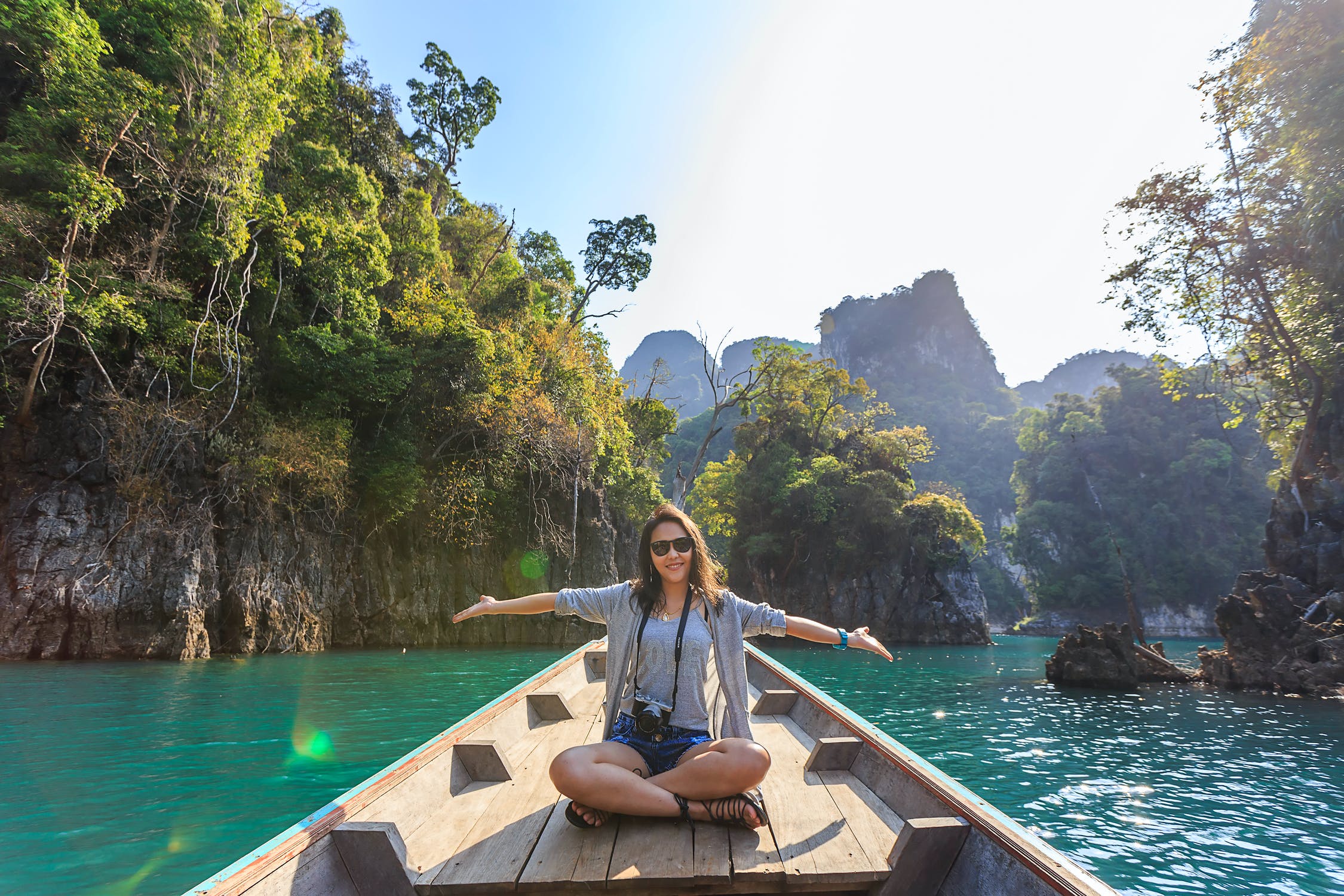The COVID-19 catastrophe has offered the world an opportunity to consider a second thought of how tourism interacts with our societies, other sectors of the economy, and the natural resources and biosphere. To evaluate and manage it better, ensure fair distribution of its advantages, and advance the transition towards a carbon-neutral and more robust tourism economy.
The information here provides recommendations in prioritizing to cushion the significant impacts on lives and economies to remodel a people-centric tourism industry. The implementation features examples of support of the governments to the subject sector and calls for a reconsideration that prioritizes the health and safety of employees and innkeepers and provides roadmaps to transform tourism.

Tourism is considered and recognized as one of the largest economic sectors in the world. It is the third-largest export category after fuel and chemical, as fuel and chemical respectively hold the first and second positions in the export category listing. Tourism is the third-largest on the list, accounting for 7% of the global trade in 2019. For some countries, tourism can represent over 20% of their Gross Domestic Products (GDP) value, while it is the third-largest export sector of the global economy. Sadly, tourism is one of the leading sectors damaged most by the COVID-19 pandemic, impacting economies, incomes, public services, and good times of all continents. Mostly, every part of its value chain has been badly affected. Revenues of the export from tourism could go down by an amount between $910 billion to $1.2 trillion itself in 2020. This damage will significantly impact on the global GDP to immediately reduce by 1.5% to 2.8%. Tourism itself supports one in every ten jobs globally, and it provides bread and butter for many millions and more in both developed and developing economies globally. There are situations where tourism has claimed higher values up to 80% of export in some countries. At the same time, it also represents major portions of national economies in both developing and developed economies of Small Island Developing States (SIDS).

There is a massive impact on people’s livelihood by this crisis; as many as 100 million jobs directly connected to tourism are at risk. Additionally, the sectors associated with tourism, like labor-intensive accommodation and industries in food services, provide jobs for 144 million people worldwide. Moreover, small businesses that push 80% of the world’s tourism are particularly vulnerable.
Category-wise, women who contribute a portion of 54% of the total tourism labor force, youth, and laborers in the informal economies have been recognized as high risk. There will be no country that gets unaffected by this situation. The tourists’ spots and countries that have been well-known as the strongest in tourism for jobs and growth of the economies are the most to get damaged from this situation. the list of countries that are prone to get highly impacted from this situation include the Least Developed Countries (LDCs) listed in SIDS and also the African countries as the tourism sector in Africa represented an account of 10% of all exports in 2019.

An unexpected but immediate downsize in tourism will cause reduced funding for biodiversity conservation. 7% of the world’s tourism is related to wildlife, and this segment is growing by 3% every year. Reduced funds due to the industry will negatively impact the long-term plans in the industry on its future growth. The possible downsize in funding for biodiversity conservation will put jobs at risk and have already led to improvements in poaching, looting, and consumption of wild meat, partly due to the reduced presence of tourists and staff members. Mostly and particularly in SIDS and LDCs, the impact on biodiversity has become critical. In most African destinations, wildlife accounts for up to 80% of the total visits, and in most SIDS, revenue on tourism enables the efforts on marine conservation. The current world sets examples that the governments of some developing countries that have been tour destinations due to high biodiversity and natural beauty make their decisions to generate revenues without considering the protection of nature. A government that recently allowed burning ships to their heritage coastline to claim money from the shipping company despite considering the long-term and huge impacts on its coastal natural resources – sets the most recent example for that.

Some examples of community investment in nature tourism explain how communities, including native people, have protected their cultural and natural heritage by earning a considerable income to improve their livelihood. The negatives of COVID-19 on tourism push towards further impact heritage conservation and pressure on the cultural and social fabric of communities, particularly for native and indigenous people.
Occasionally, mainly intangible cultural heritage rituals like traditional occasions, gatherings, and festivals have been canceled, halted, postponed. The closedowns of markets for handlooms, products, and other self-produced or harvested goods so that the incomes of native and indigenous women have mainly impacted. 90% of the countries in the world have closed down their world heritage spots, along with a huge socio-economic consequence for the communities known as strongest in tourism. Negatively, 90% of the world’s museums have been closed down and out of that, 13% have a risk of not being reopened ever in the future.
The crisis of COVID-19 is a watershed moment to arrange a collective effort of sustaining livelihoods based on tourism to the SGDs and ensuring a most resilient carbon neutral and resource-efficient future.
Mitigate the impacts of socio-economics on livelihoods through diversification of economies while promoting domesticity and regional tourism where possible and facilitating a conducive business environment for micro, small and medium-sized enterprises (MSMEs). More advanced innovation and digital transformation of tourism, along with the promotion of innovation and investment in digital skills, should be offered mainly for employees who have lost their jobs.
It is also important to foster sustainability and green improvement to move forward to a resilient, competitive, resource utilized and carbon-neutral tourism industry. Therefore, green investment for the recovery process could mainly target identified protected areas, renewable energy, intelligent buildings, circular economy, and other identified opportunities.

Another focus will be coordination and partnership to restart and transform the sector towards achieving SGDs, by ensuring restart and recovery on tourism via a first place focus on people and process together to reduce and lift restrictions on traveling in a responsible and coordinated mode.
Tourism an industry representing above 30% of exports of most SIDS countries, and figure even stays as high as 80% for some of them.
As most of the countries focused on lifting travel restrictions to gradually restart tourism in many destinations of the world, it is an important factor that health must be continued as a priority, and properly communicated health protocols that protect employees, communities and tourists must be firmly in place and importantly, those who implement protocols should also focus to support companies and workers via their new protocols.
A collective action plan and international cooperation will be the only method that will enable this transformation in tourism, to advance its contribution towards long term agendas set up for 2030 and its a shift towards an inclusive and carbon-neutral sector that harnesses innovation and digitalization, embraces local values and communities that creates a considerable amount of opportunities for jobs for all, by not leaving anyone behind. The world will always be stronger only when all of us are together.



